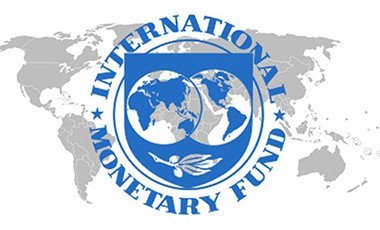Since the beginning of the year, the Egyptian government has sought a new loan from the International Monetary Fund to alleviate the effect of the acute financial plight the country suffers from. Initial reports forecasted a USD 10-15 billion deal from the fund to Cairo. Then the forecast started to go down until the IMF approved USD 3 billion in funds only to be provided over four years.
IMF expected the Extended Fund Facility (EFC) arrangement with Egypt would allow it further USD 5 billion in support from other international and regional institutions such as the World Bank, the African Development Bank and the Asian Development Bank. In addition, the Egyptian government requested a further USD 1 billion from the IMF under the Resilience and Sustainability Facility (RSF). This means Egypt could get USD 9 billion in funds instead of the USD 16 billion the government was looking forward to from the IMF only.
Although USD 9 billion support is not little for a middle-income emerging economy like Egypt, huge financial dues of the country still stand as a real challenge. Egypt has to pay off USD 17.65 billion for mid-to-long-term foreign debt instalments and interest, aside from about USD 15 billion for short-term debts. In parallel, the country’s trade balance deficit amounted in 2021/2022 to USD 43 billion, according to the Central Bank of Egypt. The high needs mean financial support would not be enough, and the government must create plans. Here, we have two scenarios. Financial support could slow the rate of collapse so that the government could think it could repeat the faults of the 2016-2019 period when the government exhausted the cash in unprofitable propaganda projects and a political bribery system assuming procurement deals with Europe. Then, the government would return to short-term debt tools such as treasury bills to attract hot money that acts like opiate doses to create brief euphoria followed by severe illness. This time the cost of such short-term bills will double, considering the relatively high US federal interest rates and the increased risks.
The government would simultaneously continue the state assets sale programme to attract Gulf financials. A plan to offer USD 40 billion worth of state assets over the following four years was already declared and set off, but it could be accelerated to fill the empty treasury. This scenario could end with a catastrophic financial collapse after four years. If the government learnt the lesson, as the treasurer Mohamed Mait once said, they would no longer depend on hot money. The government could seek an alternative course of financial prudence, stopping wasting greenback reserves on propaganda projects and military business while working in parallel on improving state revenues through taxes and real private sector productive enterprises looking forward to exporting. Egyptians are waiting with hearts in mouths to see how Sisi’s administration will handle the crisis and if it learnt anything from the previous years that witnessed unprecedented repression and economic impasse.





Recent Comments